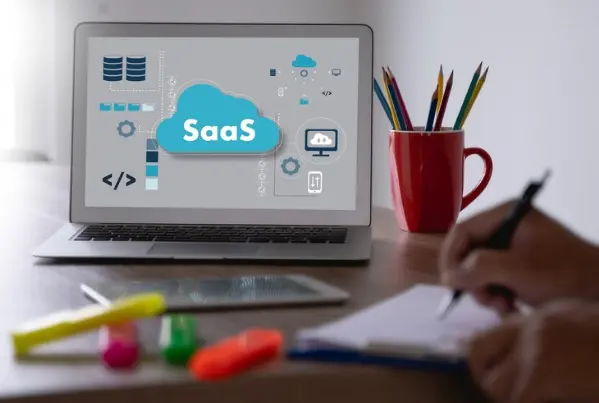On-Page SEO for SaaS: Tips for a Better Ranking

When increasing your presence and attracting customers, Search Engine Optimization (SEO) plays a vital role. For software companies offering services (SaaS), on-page SEO techniques can result in improved search engine rankings, higher organic traffic, and increased conversion rates. In this blog, we’ll delve into some advice for enhancing the on-page performance of your SaaS website to boost its ranking.
Tips for a Better Ranking
Following are tips for getting a better ranking in the online world :
1. Start With Keyword Research
Keywords serve as the backbone of SaaS SEO Strategies. One can begin by identifying keywords that your target audience is likely to use when searching for software solutions like yours. Utilize keyword research tools to discover high-converting search terms. Integrate these keywords naturally into your website content, including the page title, headings, meta descriptions, and main text.
2. Enhance Title and Meta Descriptions
Title tags and meta descriptions are components of on-page SEO. Make sure each page on your SaaS website has a title tag that accurately reflects the page’s content while incorporating keywords. Likewise, craft engaging descriptions that not only provide a summary of the page’s content but also encourage users to click through from search engine results pages.
3. Crafting Compelling and Original Content
Delivering top-notch content is vital to captivating visitors and enhancing the presence of your SaaS website. Produce one-of-a-kind and informative blog articles, whitepapers, case studies, or instructional materials that are relevant to your software niche. Ensure that the content adds value by offering solutions or directly addressing the challenges faced by your audience.
4. Enhance Readability with Headings
The use of headers (H1-H6) is essential for optimizing web pages for search engines and improving user experience. Structure your content with a variety of header tags to establish a hierarchy, making it simpler for readers to navigate through the information they are looking for quickly.
5. Enrich Images with Descriptive Text
Images contribute visually to web pages; however, search engines rely on texts to comprehend their context. Enhance the images on your SaaS website by incorporating texts containing relevant keywords. Alt texts enhance accessibility. They also provide additional information for search engines, increasing the likelihood of achieving higher rankings in image searches.
6. Incorporate Schema Markup
Schema markup serves as data that aids search engines in comprehending your page’s content.
By using schema markup, you can offer details about your software features, customer reviews, ratings, pricing details, and other relevant information. Search engines often rely on this data to showcase enhanced search results or rich snippets that attract attention and clicks.
7. Improve Page Load Speed
Improving the speed at which your website loads is crucial for providing a user experience and positively impacting your search engine rankings. Assess the loading speed of your SaaS website with tools like Google PageSpeed Insights to pinpoint areas that need enhancement. Make adjustments such as optimizing image sizes, reducing the size of CSS and JavaScript files, activating browser caching, investing in hosting services, and implementing measures to boost page load speed.
8. Mobile-Friendliness Is Essential
Ensuring that your SaaS website is mobile-friendly is imperative due to the increasing number of users accessing the internet via devices. Implement design across all platforms so users can navigate seamlessly without needing to zoom in or scroll horizontally. A mobile-friendly site enhances user experience. Contributes to achieving rankings in mobile search results.
9. Create an Internal Linking Structure
Building a linking structure within your SaaS website is essential for creating a clear hierarchy that guides both users and search engines through relevant content seamlessly.
Establishing a connection structure involves integrating anchor texts containing keywords or related terms into your content where suitable.
10. Tracking Analytics Information
While implementing on-page SEO tactics to enhance rankings, it is crucial to evaluate the performance data to gauge their effectiveness. Track metrics like the volume of traffic, bounce rate, average session duration, and conversion rate using tools such as Google Analytics. This information offers insights into your on-page SEO endeavors and identifies areas that may need enhancement.
Final Words
For SaaS firms aiming to enhance their presence, employing on-page SEO techniques is pivotal. You can elevate your website’s visibility in search engine results. This can be done by conducting keyword research, optimizing title tags and meta descriptions, crafting content, enhancing page loading speed and mobile compatibility, and monitoring analytics data. Emphasizing user experience and providing content for your target audience will facilitate the generation of organic traffic and boost conversions for your SaaS enterprise.
Read More: Best FTTP (Fibre to the Premises) Providers In 2022



